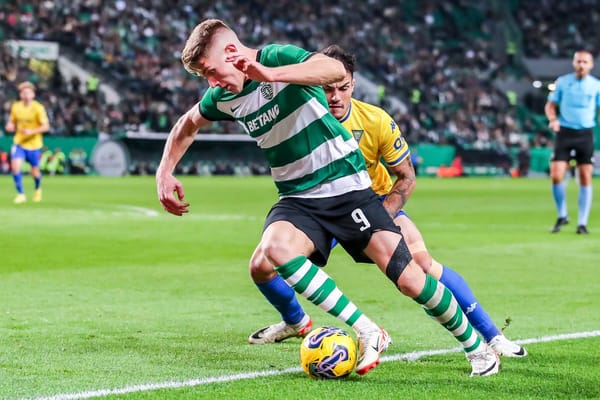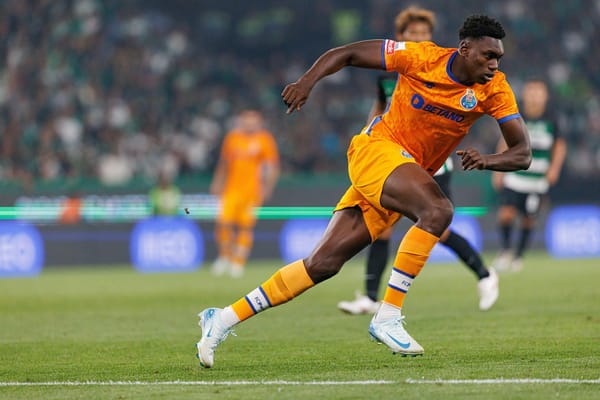João Félix: The missing piece for Xavi's jigsaw?
Everything about Felix is still largely an idea. He is a player with immense potential and a player whose quality is certainly there. But it's also hidden behind ifs and buts
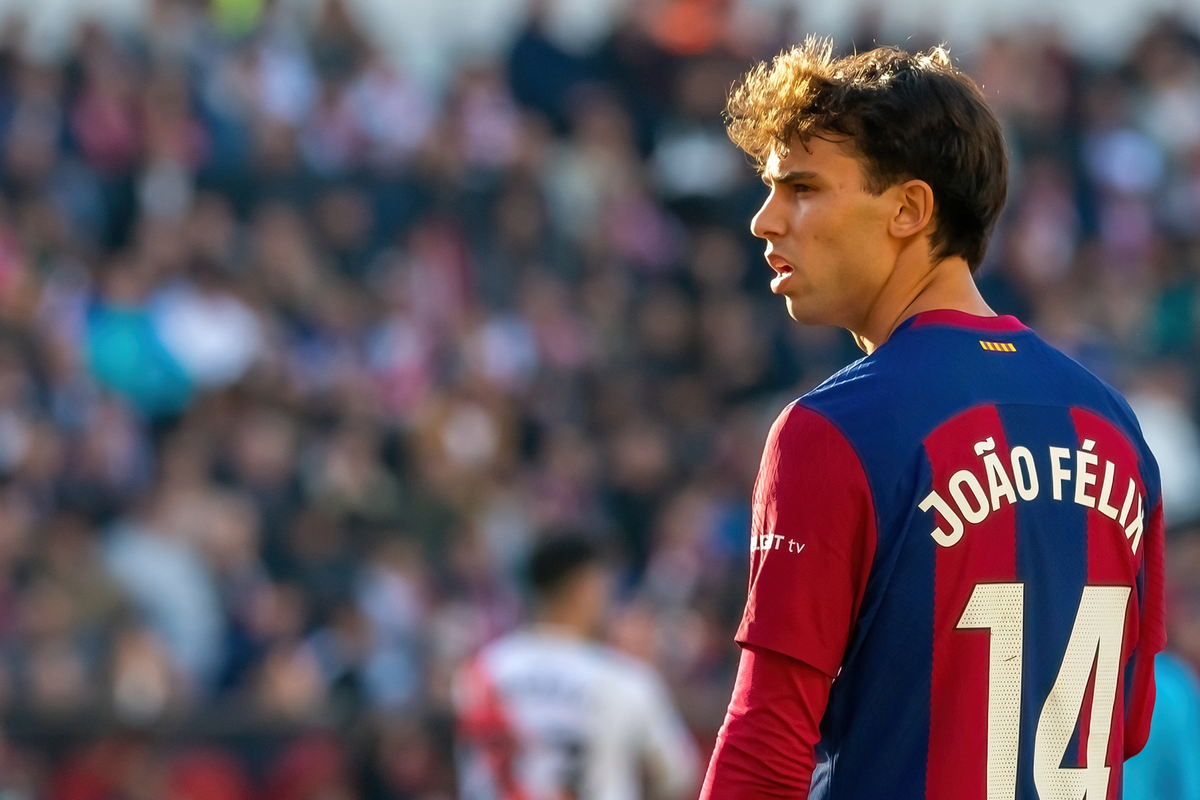
As promised, the summer transfer window was a rollercoaster ride until the very end. But when everything is said and done, Barcelona can be happy with how things turned out. Not only were they able to scoop up João Cancelo but deadline day also saw them double up on Portuguese magic, securing the services of João Félix as well.
But while Cancelo was someone we knew from the start Xavi had wanted for a while, Félix's signing surprised many. Is he truly the man Barcelona needed all along? If so, how can they use him to improve the squad?
Let's find out.
João Félix: Player profile
At 23 years of age, Félix is entering the prime years of his career. No longer a youth prospect, albeit still a young player, he is at the stage of his journey when the footballing world will look at his failings and successes through a much different - and harsher - lens. Fortunately, he is still a player of immense, albeit untapped, potential.
The Portuguese star has a versatile profile as he can play as a left-winger, a centre-forward, a second-striker and even on the opposite side of the pitch but with less efficiency. Félix's technical quality is immense; from control, passing, dribbling, carrying and his first touch, the ball is often an extension of his body.
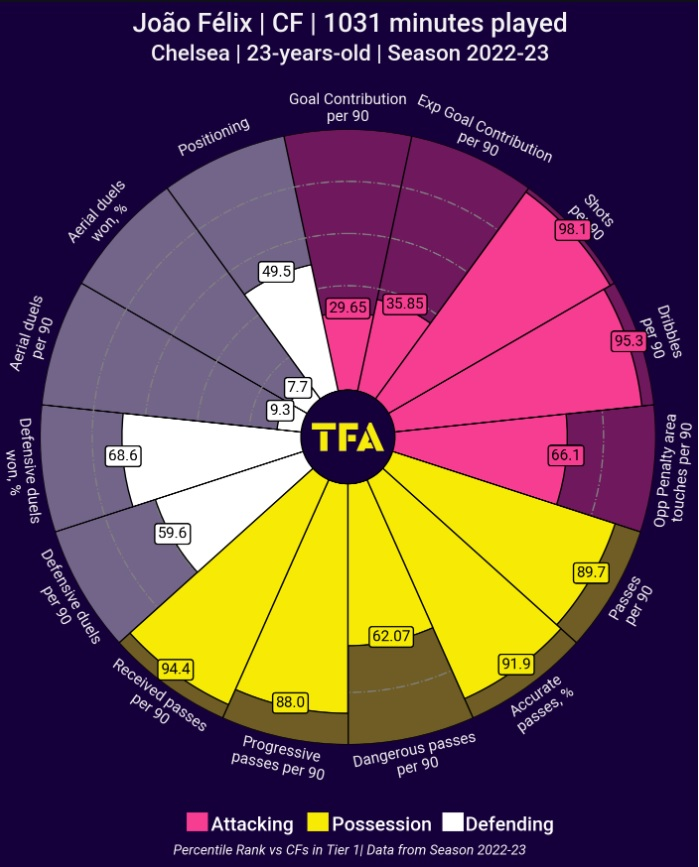
Above is Félix's statistical profile, kindly provided by TotalFootballAnalysis. We can see that on the ball, he still comfortably tops almost all of the metrics we have analysed. This becomes even more impressive considering the sour state of Chelsea's 2022/23 and the turmoil surrounding the club in the period of Félix's stay at Stanford Bridge.
The data tells us several things. Firstly, Félix is an elite progressor of the ball and a creator of the highest order; he can disrupt, connect and distribute. But secondly, that's not all he is -- The Portuguese forward is also a direct goal threat, boasting high involvement in the offensive phase through shots and touches in the opposition's half but with a below-average output for the London Blues.
Defensively, however, things get more complicated. With Félix, it was never a case of 'he can't do it' but rather 'he doesn't want to'. When he's motivated, comfortable and/or inspired, the 23-year-old can be an excellent defender; he's intense, a good tackler and provides the team with that extra bite in the high press or in a more stable defensive shape. After all, all those years under Diego Simeone had to amount to something.
But how can Xavi use him in the remainder of the 2023/24 season?
The Perfect Match?
Even though Félix's transfer sort of came out of nowhere, there is no denying the stylistic match. Xavi's current box system turns the left winger into a fourth midfielder, creating a square in the central channels of the pitch. The requirements to successfully operate in that role are mainly of a technical nature; a player is needed who can invert, play in tight areas, command control, playmake but also be a much more offensive threat if needs be.
Interestingly enough, it's a role befitting someone of İlkay Gündoğan's ilk but considering his profile, tendencies and preferences, it's also a role tailor-made for Félix as well. Even though the Portuguese is a roamer and a player who enjoys the freedom to express himself, the freedom of movement and the freedom of actions, he does have clear preferences of where and how he likes to operate.
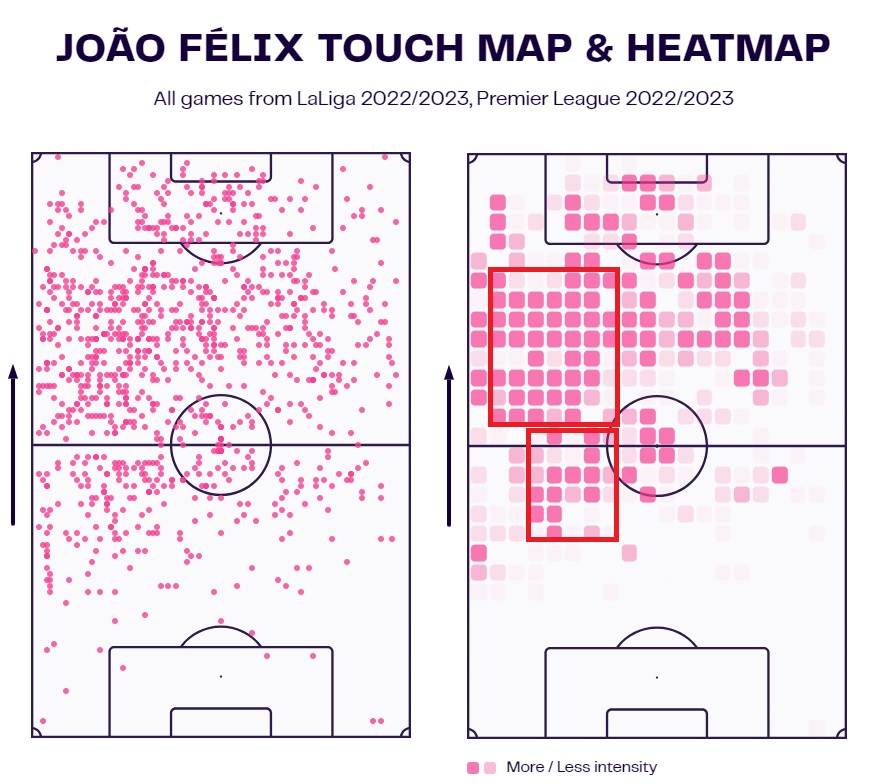
Felix prefers to occupy two main zones, both of which you can see in the graph above. The first one is the obvious left half-space. This is where he is most comfortable and this is where he will invert after initially holding the width on the left flank. Upon receiving the ball, Felix positions himself in the half-space which gives him the platform to create either via dribbling or passing.
Quite often, we will see him progress play via the former option, asking for the ball to be played into his feet and then holding onto it for extended periods of time. This is where his roaming nature also comes into fruition; Felix doesn't like to be chained in one place and will often switch sides, both in and out of possession, to be involved as much as possible. In that sense, his zone of influence (ZOI) is really big as he's effective across the thirds and across all phases of play. However, the two zones we've highlighted above are where he's most active.

These are basic examples of what that looks like when Felix inverts into the half-space. He starts wide and then cuts onto his right foot, allowing for the overlap to happen from the left-back and then either linking up with his teammates centrally or running with the ball further. But interestingly, Felix is not only a higher presence up the pitch. The second zone he's most active in is the deep zone just under the halfway line, also known as 'zone 8'.
Even though the Portuguese is more of a carrier of the ball than a passer, his progression and distribution mostly consist of medium-to-long-range passes. Once he drops into the deeper areas, he can and will link up with his immediate connections but it's there he can be used to make long switches or access the free man/runners across the pitch.
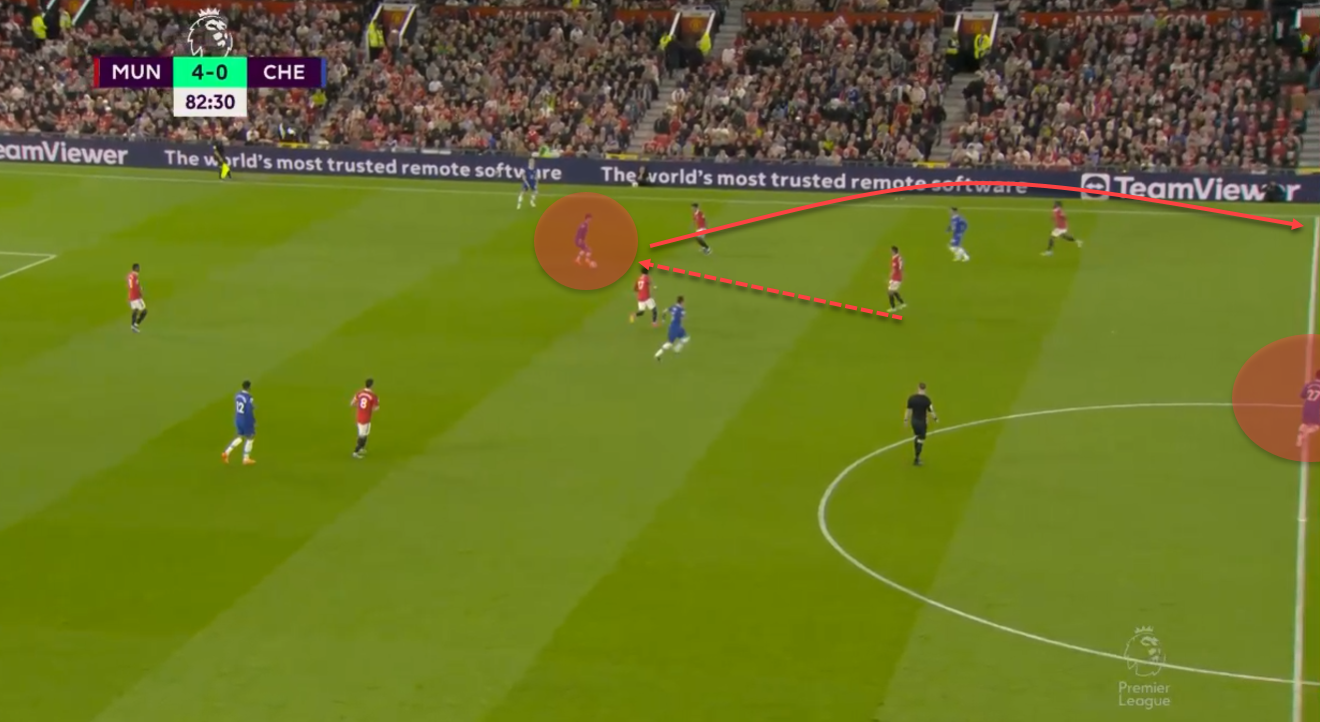
If we look at the more incisive passing, shot assists or even pure assists, the half-spaces are still very much key. Even as a disruptor of the opposition's defensive structure, Felix is most effective when in that area of the pitch. Both his most creative passing and the highest number of successful dribbles originate from there and we've already established the half-space is also where he's most intense and most active. All of that reinforces the notion of the Portuguese being a half-space dominator first and foremost.
So why is that the perfect match, then? Well, stylistically, Felix is the technical player who can start wide but invert into midfield and also someone who allows Balde the space he needs to run into and is someone with creativity and goal threat at the same time. On paper, he has everything Xavi wants from his left-winger. But there is more.
Given Barcelona's (overly) vertical nature, it is quite likely Felix will have to be used as an outlet too. Interestingly enough, even though he has the pace, the movement and the intensity to be an off-the-ball transitional tool, he is much more effective as an on-the-ball outlet. This is generally done in one of two ways:
- As a high outlet he receives the ball in higher zones, retaining it and waiting for runners to arrive before distributing passes into space, as shown below.

- As a deep outlet he receives the ball in deeper zones, using his press-resistance, dribbling and carrying to bypass the high press and progress play, as shown below.
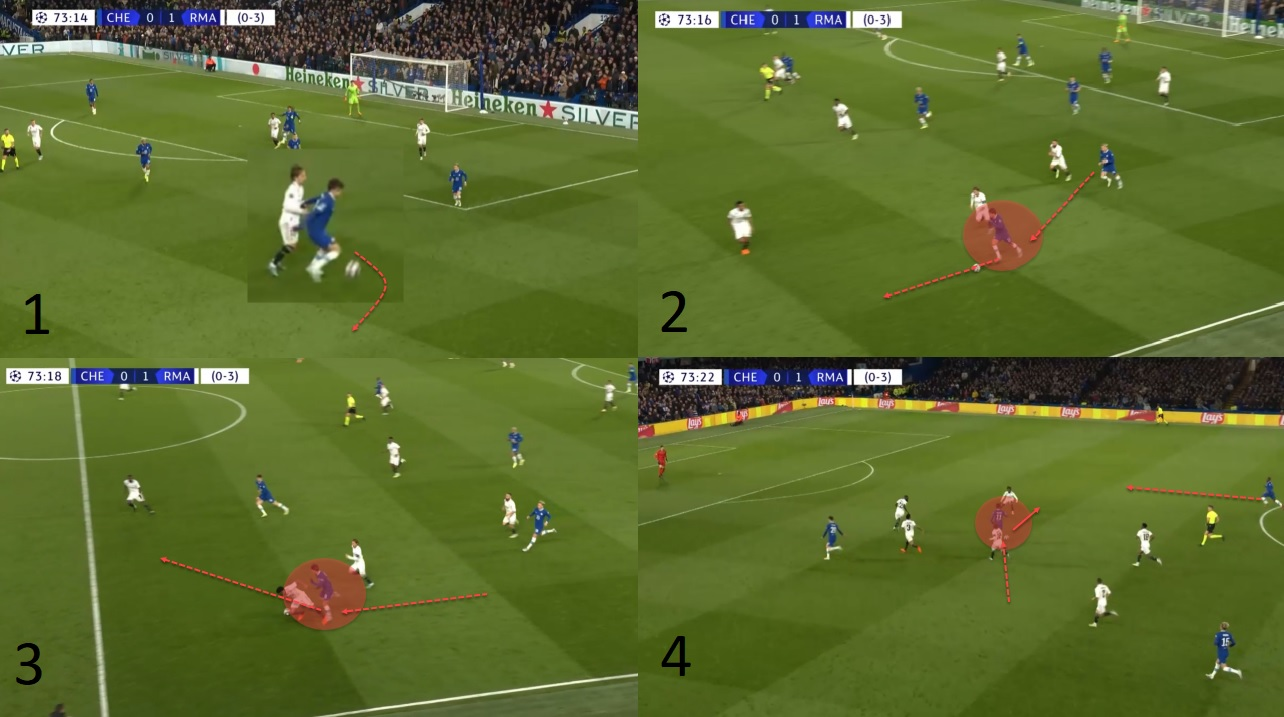
Of course, Felix can also drop deeper, do a quick lay-off and then dart back into space, getting at the end of passes himself. As mentioned earlier in the analysis, this is something he can do but not necessarily what maximises his traits.
The False 9
According to the man himself, Felix's best or at the very least preferred position is that of the second-striker. However, since that is a position Barcelona generally don't use, the next best thing for the 23-year-old might be the false 9. Given his skillset and the way Xavi has been using Robert Lewandowski, this may be closer to reality than many would think.
But while the false 9 mostly aligns with what Felix wants and can do on the pitch, several questions need to be answered in regards to him being used in that role:
- Is his output big enough to warrant benching someone like Lewandowski?
- Can Felix hold off his man and not get bullied when even Lewandowski - a much more physical player - does at times?
- Can he create separation and space for himself rather than having others create it for him?
- Can Xavi provide him with runners in his close vicinity for short interchanges the role would provide?
- Can he attack the box with intensity?
Let's start with the output.
Felix's output throughout his career has varied a lot. However, the data speaks for itself - there is an excellent foundation for a big goal-scoring player in there. Just last season, playing for an unstable Chelsea side in a largely suboptimal environment and with limited game time, Felix managed to average a respectable 0.45 goals per 90 minutes. In 2021/22, again playing in a suboptimal system, he tallied over 0.55 goals per 90. Not to to mention his Benfica days where his output rose to an unbelievable ~0.80 goals per 90 minutes.
All of this is proof Felix as a goal threat is more than just an idea. And there is reason to believe his output could increase once more, largely down to his excellent ball-striking. Felix strikes through the ball cleanly with both feet and can finish from a variety of angles, using both pace and great movement inside the box to help him. His shooting zones and tendencies will aid us in painting a better picture of him as the finisher.
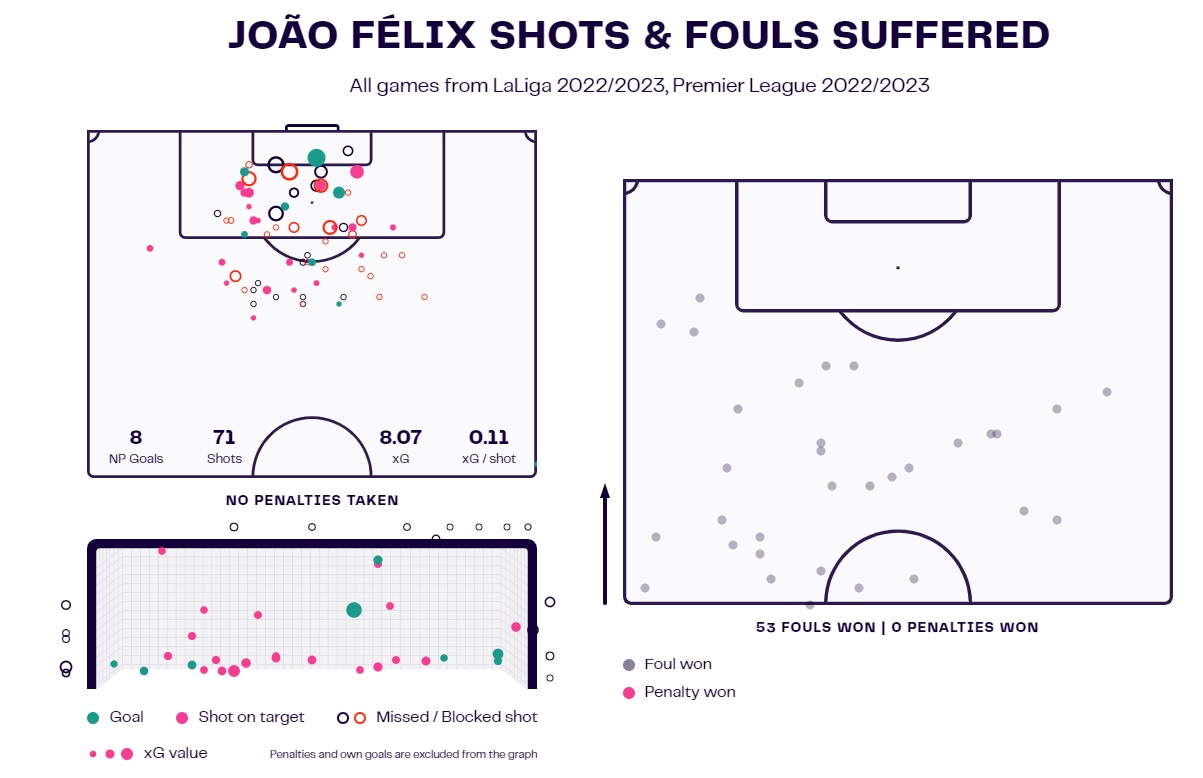
Looking at the graphs above, we can see Felix has more or less matched his expected goals output, netting eight from 8.07 xG, good enough for a decent 0.11 xG per shot. However, it's his tendency to shoot from outside the box that heavily impacts these figures. Felix loves zone 14 and that's often where his shots will come from, usually after a successful dribble.
And that's exactly why I've also decided to include his fouls won graph as it helps us understand where defenders usually resort to taking Felix down at all costs. If, however, those dribbles are successful, especially in the left half-space, Felix will more often than not follow them up with a shot from a distance. It doesn't surprise then that many of his attempts originate in that area of the pitch.
You can see some in-game examples of exactly that down below.
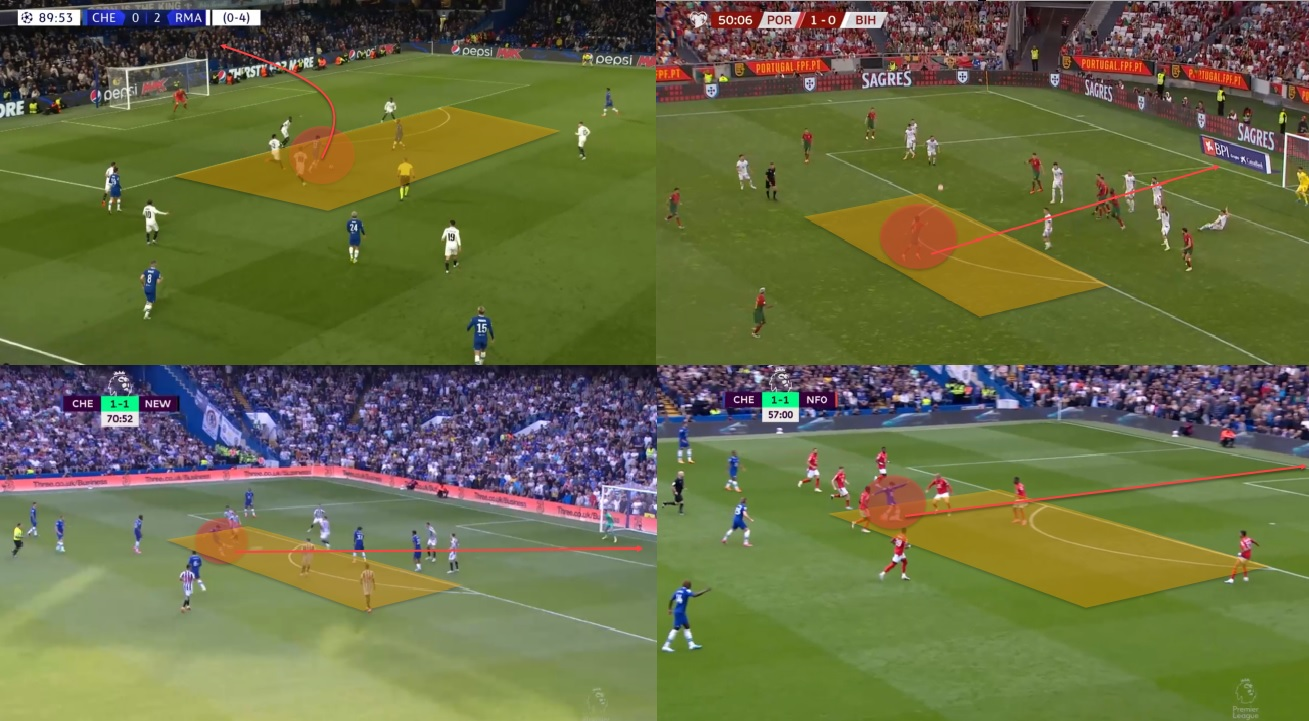
But all of this might be difficult to perform in LaLiga and playing for Barcelona specifically since the Catalans often have to face deep and stubborn defensive blocks with robust man-marking. Although he does have a degree of athleticism, Felix is not the most physically powerful player. In fact, compared to someone like Lewandowski, he is still quite light-weight. So if the Pole struggles to stay on his feet, what chance does Felix have?
While this remains a problem, I still believe this case isn't as hopeless as it may seem. Felix often finds himself in those crowded central areas and has because of that developed two major ways of dealing with heavy man-marking. Firstly, he can receive with a defender on his back but remain on his feet until a passing channel is opened. Of course, this is the part he'll have to work on more. And secondly, he often likes to receive on the half-turn, outmanoeuvring the opponent rather than outmuscling them.
Here are both examples, left to right, number 1 followed by number 2 to the right.
1) Riding the challenge and staying on his feet until he can release the ball in a more favourable position.
2) Receiving on the half-turn and outmanoeuvring the marker rather than outmuscling them.
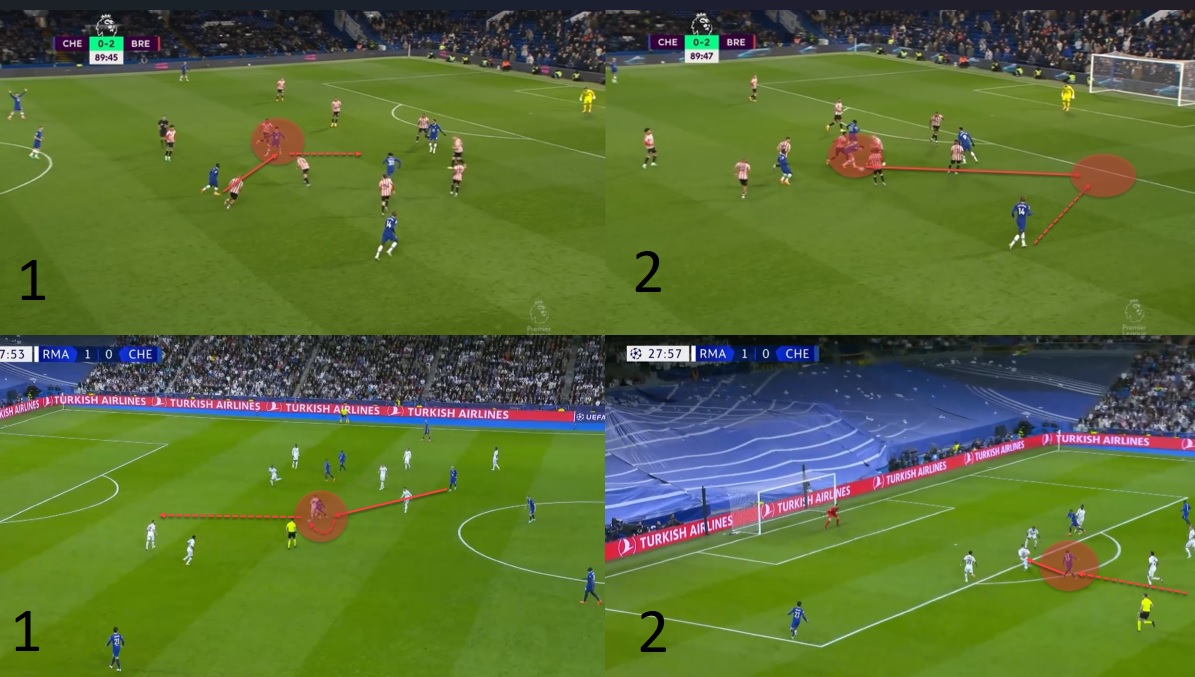
It's actually here that we also see how runners benefit Felix in such a scenario; in a more central role, he will count more on his short passing to immediate connections around him. That means runners either from the flanks or through the half-space could get at the end of his distribution, which is still very effective, especially from these areas in and around zone 14.
Fortunately, Xavi loves for his midfielders to burst through the half-space and attack the box aggressively. Sometimes, he will even use them as outlets of sorts. While that may not necessarily be the most optimal way to use someone like Pedri or Gavi, having Felix nearby to feed them passes in such situations is a viable option.
The example below demonstrates that nicely.

If he can create space and time for himself in these high-value zones such as the half-space or zone 14, Felix can be an incredible tool for bringing others into play. But that's also a great segue into the next question on the list: creating separation and space for himself. We saw that in action in the previous examples, especially when he utilises the half-turn effectively. But it still remains to be seen whether he can do this on a consistent enough basis.
As with many other tools in his arsenal, Felix has the foundation for greatness but the sample we work with also suggests consistency is often an issue. The same is true for the intensity with which he attacks the box. Yes, he can and does do it, and a lot of his Atletico Madrid goals have come from deep runs into the penalty area, but as mentioned earlier in the analysis, Felix also likes to drop deep and stay deep.
We saw how his distribution and dribbling are key in those deeper areas but he can also burst back into the box and position himself to score.
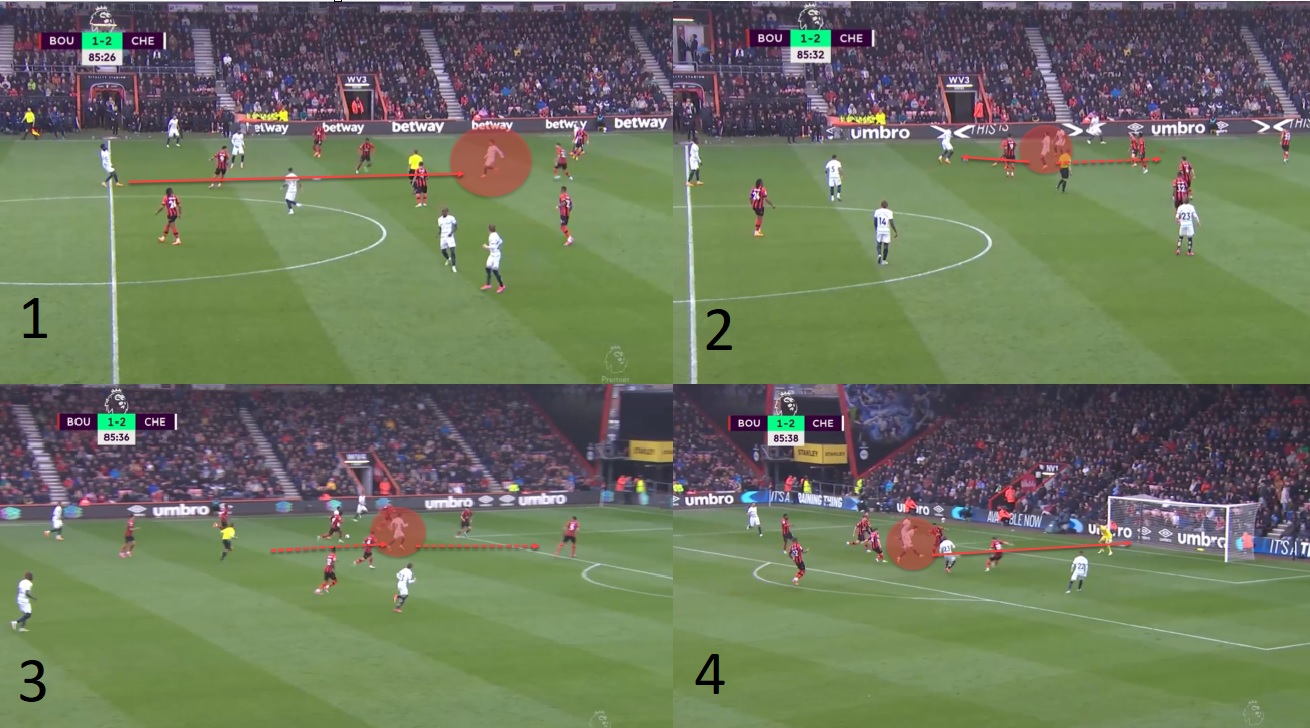
In this sequence, for example, he drops deep to link up and once the ball can be progressed up the thirds, he darts back into the box and arrives at the end of a cutback which results in a shot on goal. This is the type of movement and intensity with which a false 9 needs to operate to be effective. If he is the team's striker and still wants to participate in the build-up, he will have to make sure he occupies the box regardless of that.
And these runs from deep, especially following a link-up sequence, show us Felix has the capacity to do it. If he's to play as Barcelona's (false) 9, however, he will have to do it with no exceptions. Barcelona may put a lot of emphasis on attacking interiors but without a proper box presence from a striker, they could lack the lethality and even sheer bodies in the danger areas.
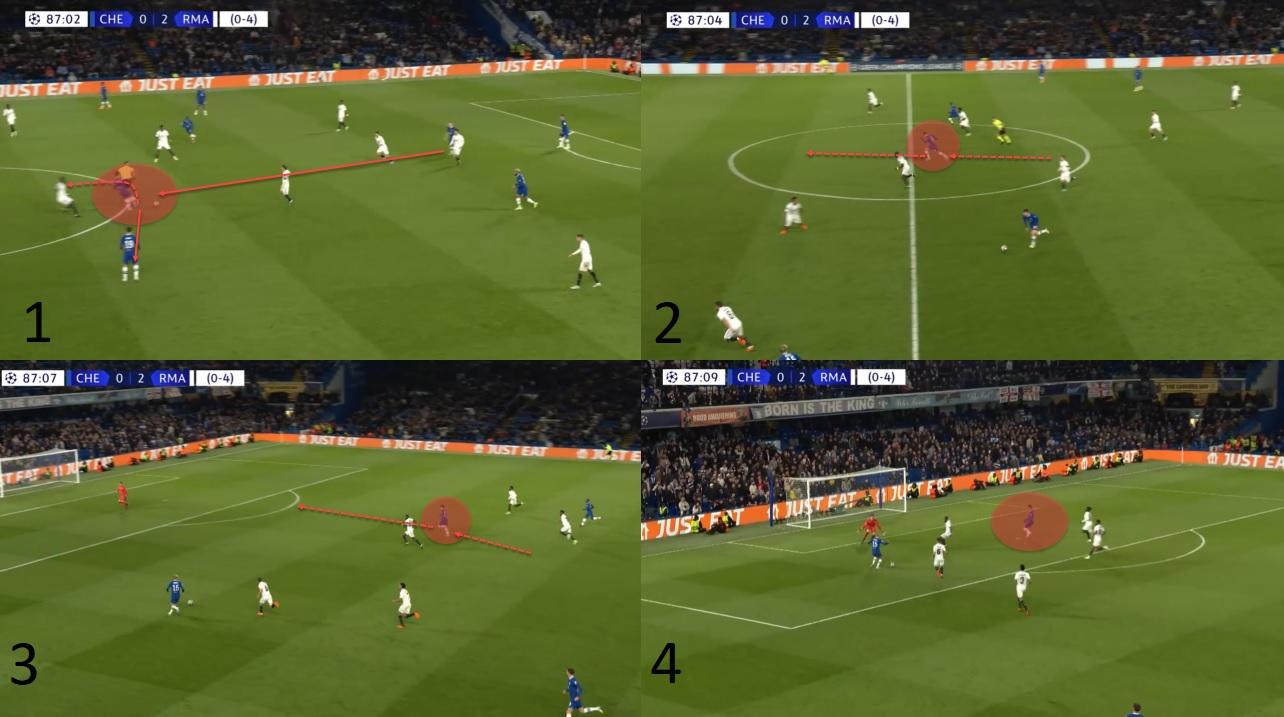
Final remarks
At the moment, everything about Felix is still largely an idea. He is a player with immense potential and a player whose quality is certainly there. But it's also hidden behind ifs and buts. Is Xavi going to be the one to fully unchain him and reap the benefits that come with it? The upside is enormous.
Let's hope it works out.


